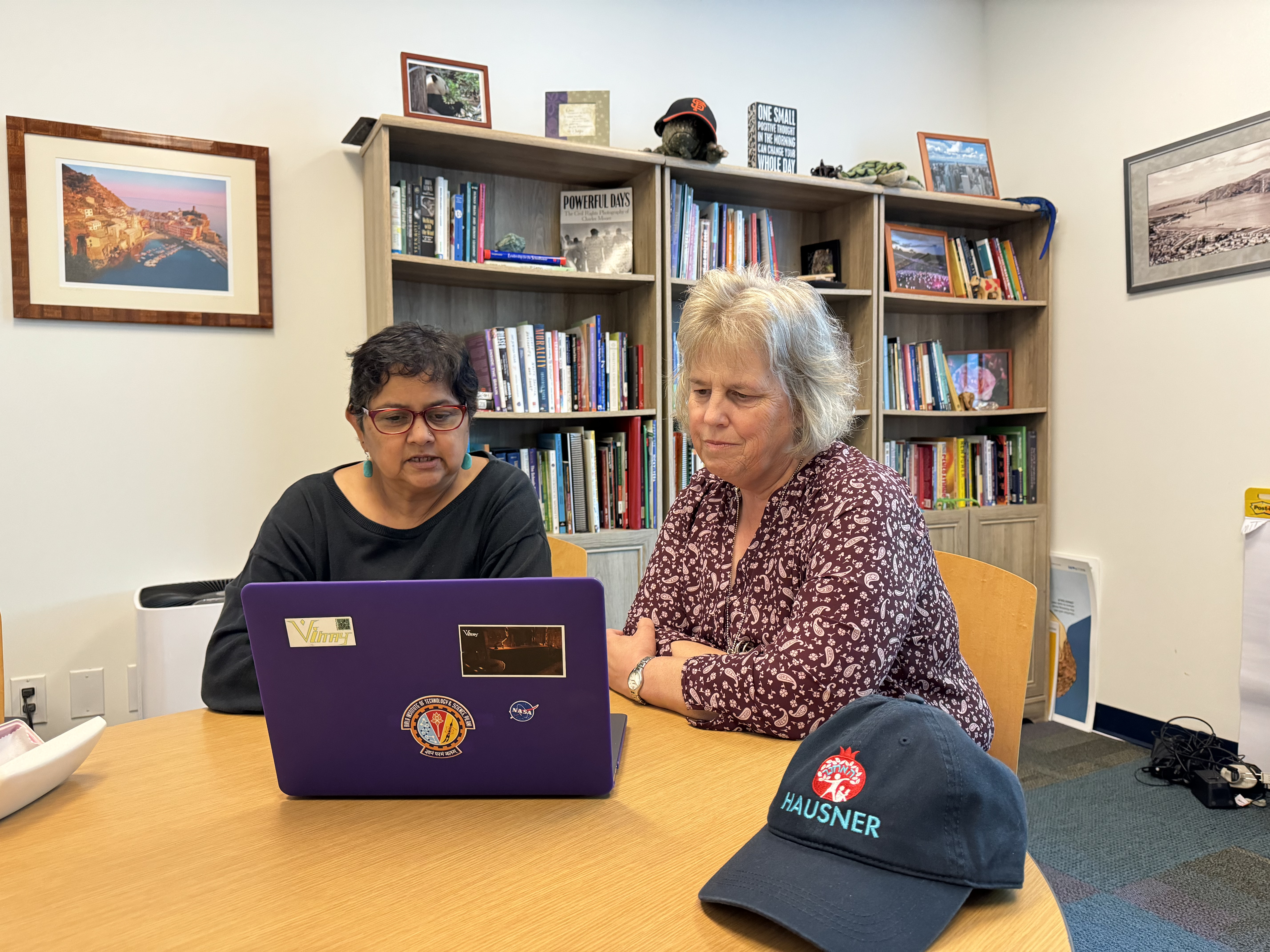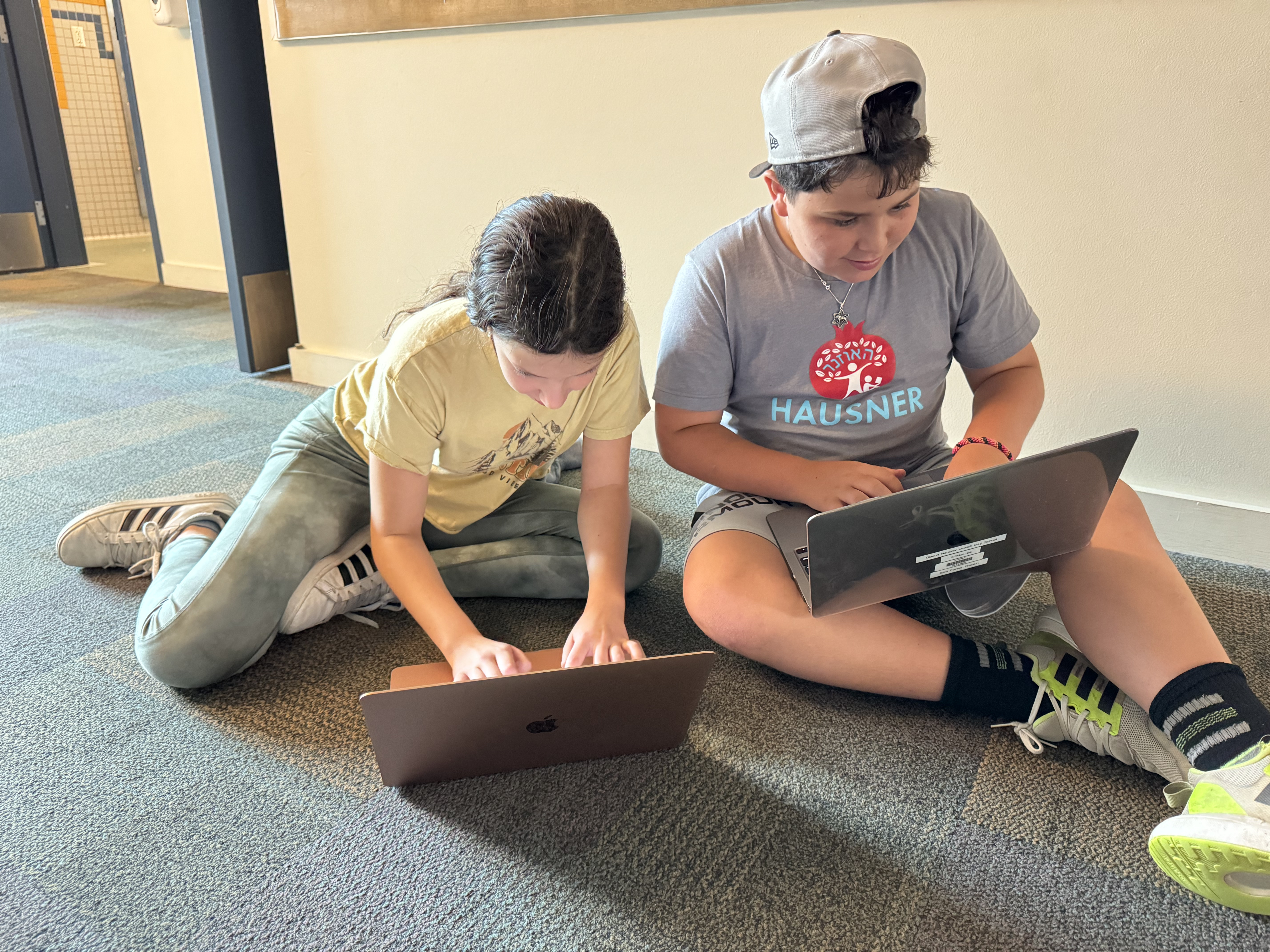In the case of generative AI, we have started using AI in practical aspects of our educational journey, whether designing for our in-service days, creating sample comments for conferences and report cards, or demonstrating the use in teaching and learning. When staff and students see us leading by example, we bridge the divide between administration and teaching staff, as well as prove that what we ask them to do we will be doing ourselves.
Take the plunge.
As educators, this can be a harsh reality to accept. We never know for certain how everything will turn out when we try something new, and must summon our courage, tap into all available resources, keep our students’ and staff’s best interest in mind and accept that we may fail or that we may not achieve the exact outcome we intended.
As we contemplate the role generative AI can play in our school, we must help our teachers recognize that exploring all that this technology offers is critical. We have heard educators express concerns that students will use generative AI to do their work for them. They are fearful that if they “allow the use of the tool,” it will encourage students to take shortcuts in their work.
As leaders, we need to help our teachers keep an open mind and develop creative ideas for using AI as a tool for learning, not a crutch or substitute for doing their own work. We also need to help teachers come to grips with the fact that AI is here to stay, like it or not, and students are using these tools and will continue to use these tools in ways that are out of our direct control. We have done our best to shift the dialogue from whether or not students will use these tools to how we would most like our students to use them.
When asked the “how” question, our teachers have suggested using generative AI to help students get started on their work. For example, students can ask AI to prepare an outline of an essay or write an opening paragraph for them. Teachers have designed lessons that help students both compose good questions and critically evaluate the product AI produces. Some of what they are trying now is different from how they originally imagined using the tool, but because they have kept an open mind, they are developing useful and interesting ideas. As leaders, we have helped provide space for exploration as well as encouragement to communicate successes and failures all along the way.
It helps to be in the same boat.
When we try something new, it is always a comfort to know we are not alone. We can support and learn from one another. We can become resources for each other and celebrate our collective progress together. Rather than competing, we are truly collaborating, and our progress as individuals benefits our whole community. This was true during the pandemic when the whole world, and certainly the educational community, had to adapt to all new circumstances. It’s true now as well.
We have encouraged our teachers to interact with their professional peers, read about how others are using AI and have open dialogues with their students. We are all in this together, and we can learn from each other. Many of our teachers spent the summer reading about applications for AI and have held both formal and informal discussion groups to share what they have learned. Many are also involved in online teacher groups and with peers from other schools.
We are continuously exploring ways to connect our teachers with other educators across the nation and beyond, and have ourselves connected with other educational leaders. With all of the emerging research and discussions, it is imperative that we keep learning what this tool can offer. At this stage, no one is truly an expert on educational uses of AI, and we all need to contribute to establishing banks of best practices.
As the famous Bengali poet Rabindranath Tagore said:
Where the mind is without fear and the head is held high
Where knowledge is free
Where the world has not been broken up into fragments
By narrow domestic walls
Where words come out from the depth of truth
Where tireless striving stretches its arms towards perfection
Where the clear stream of reason has not lost its way
Into the dreary desert sand of dead habit…
Transparent communication with all stakeholders is essential to success.







